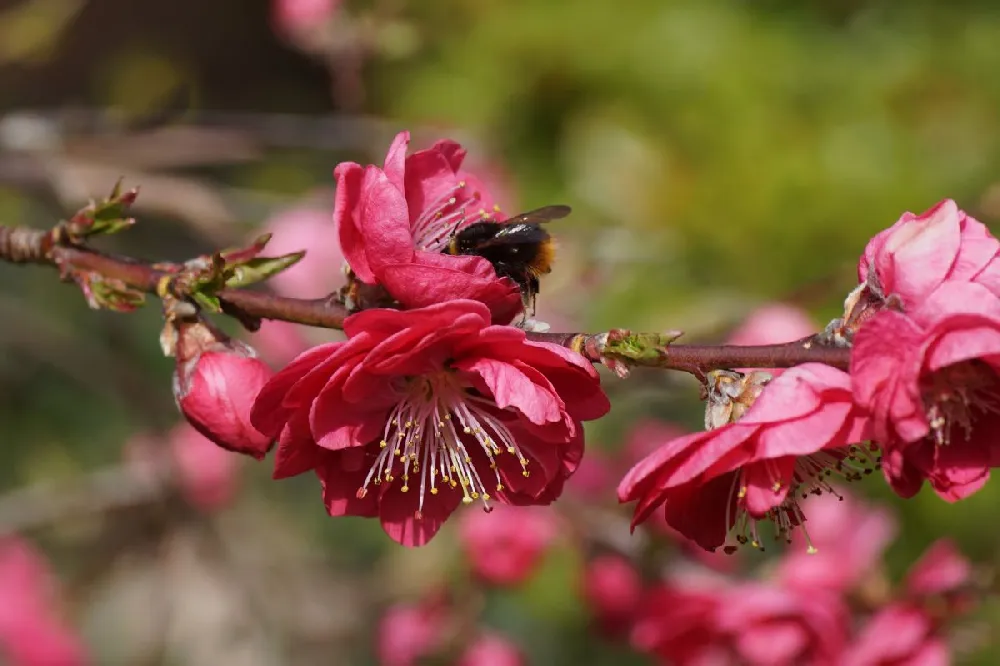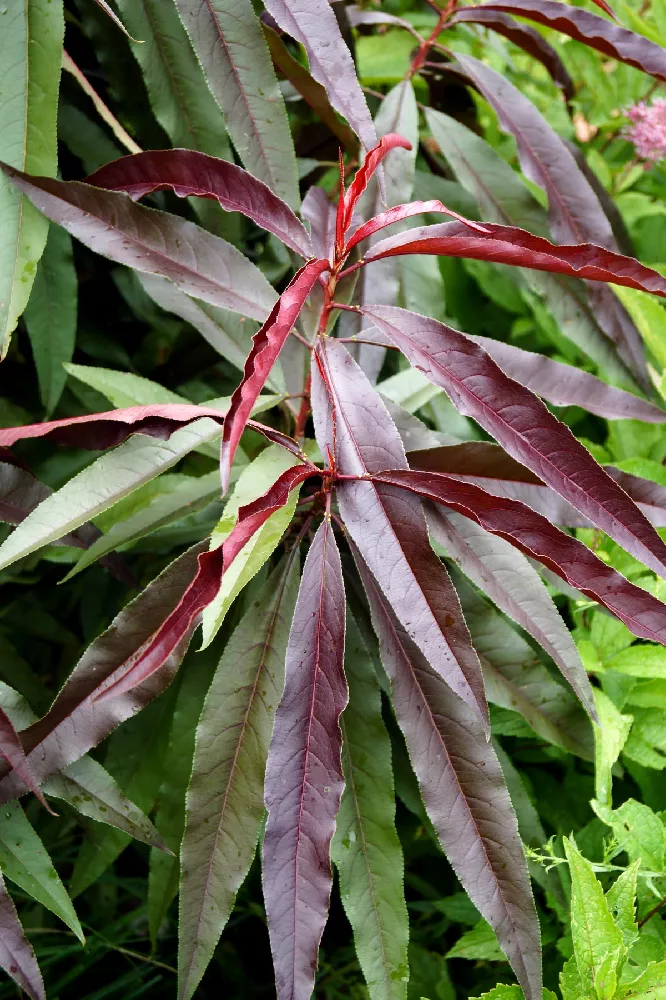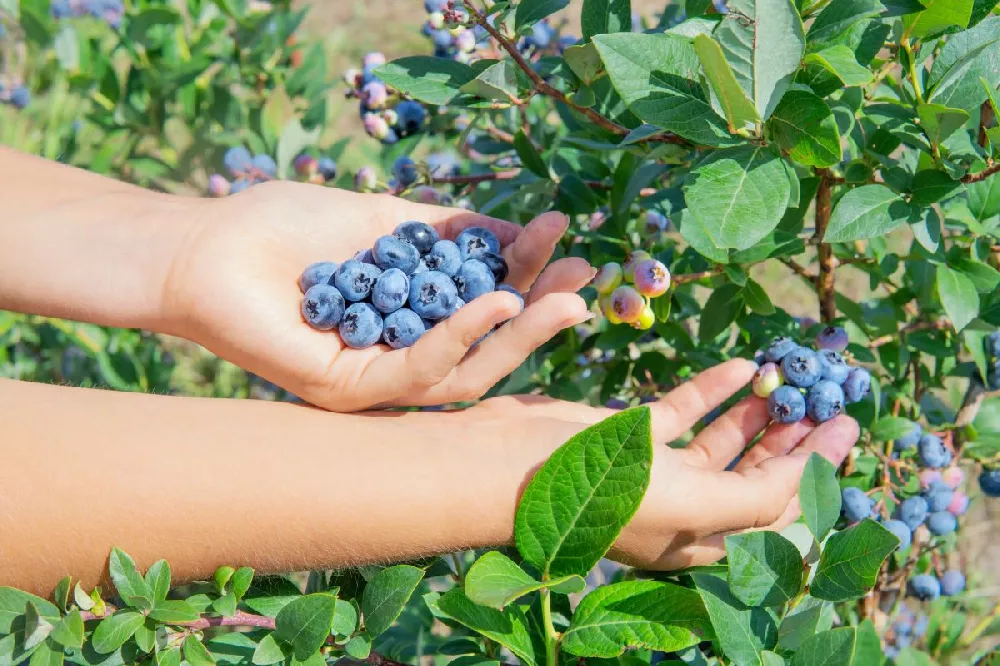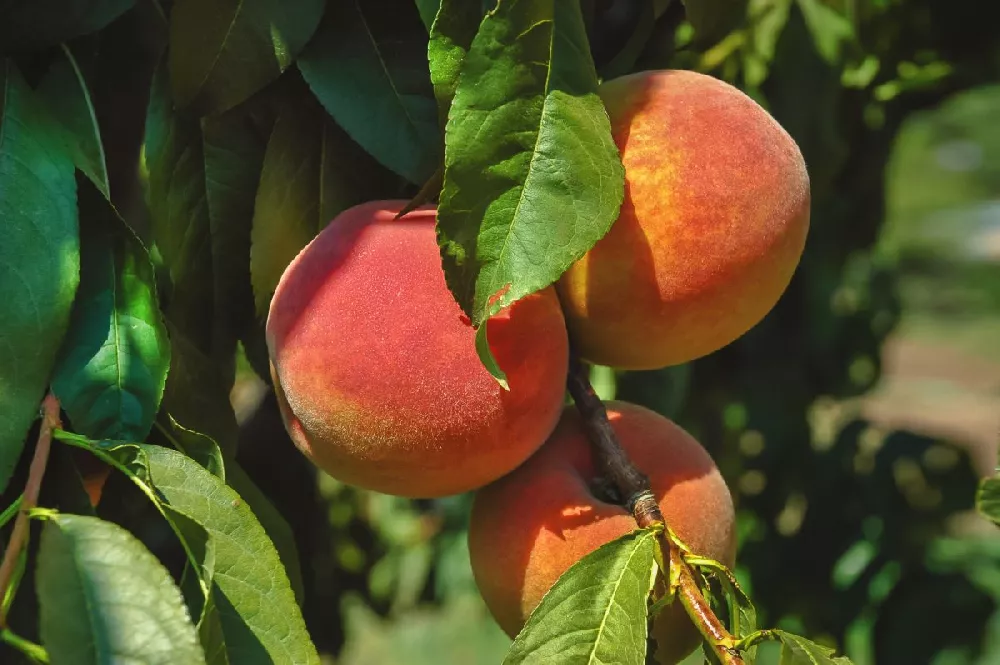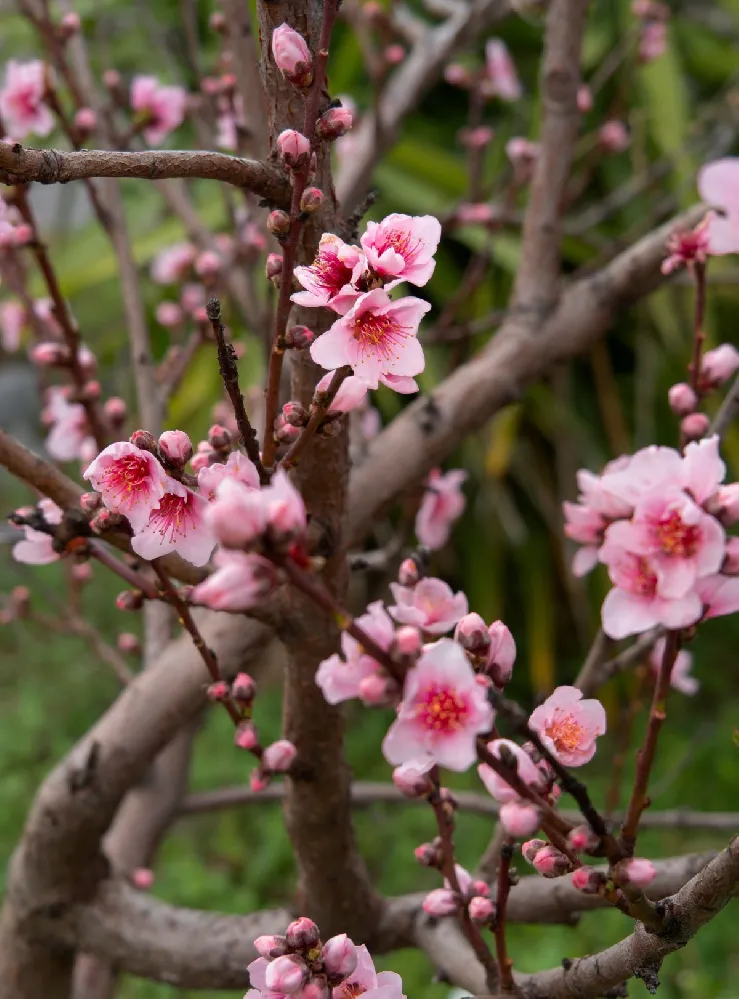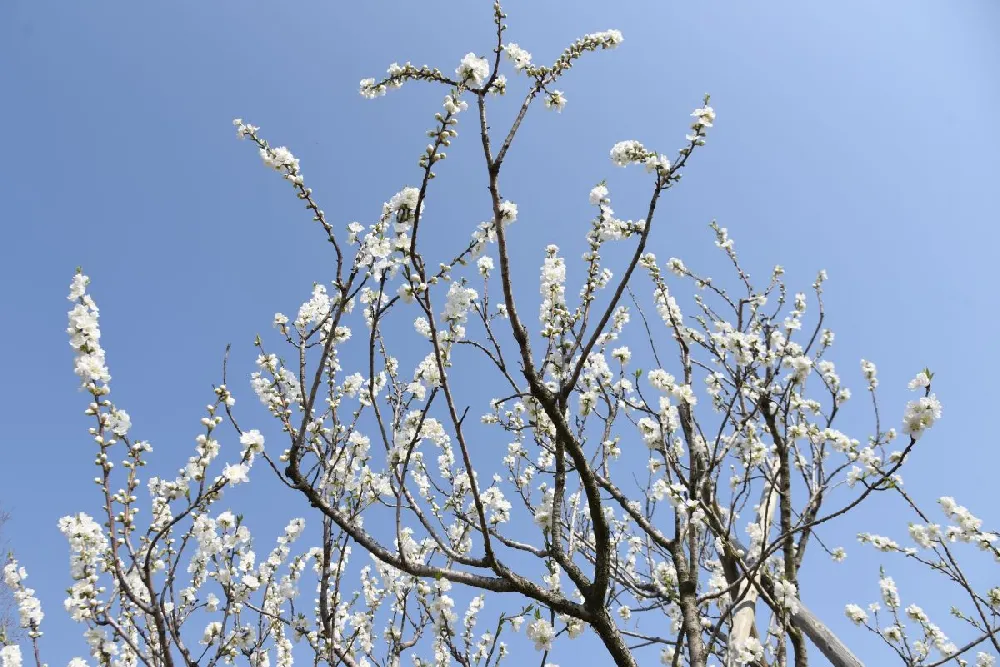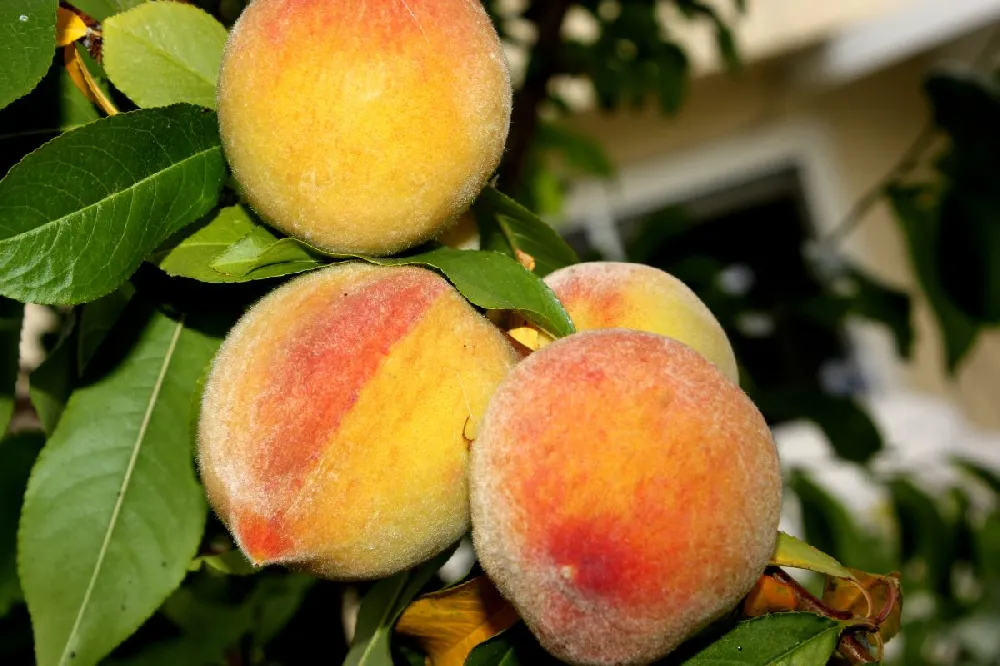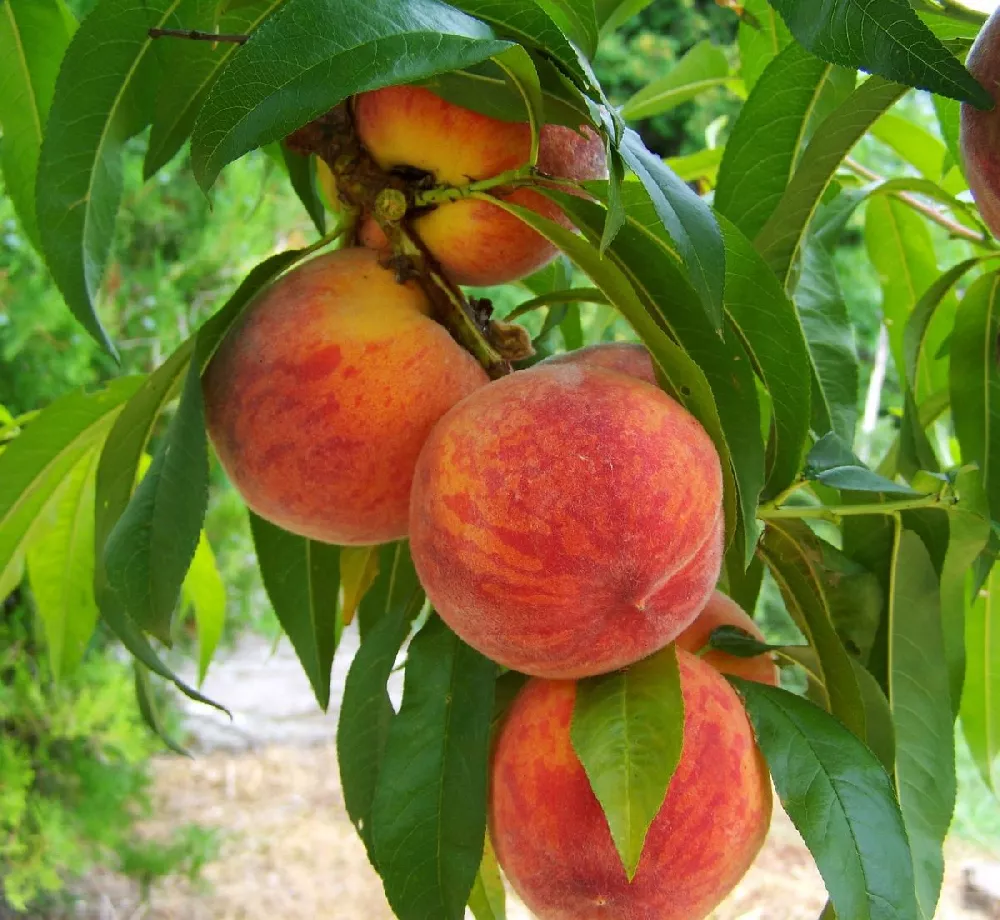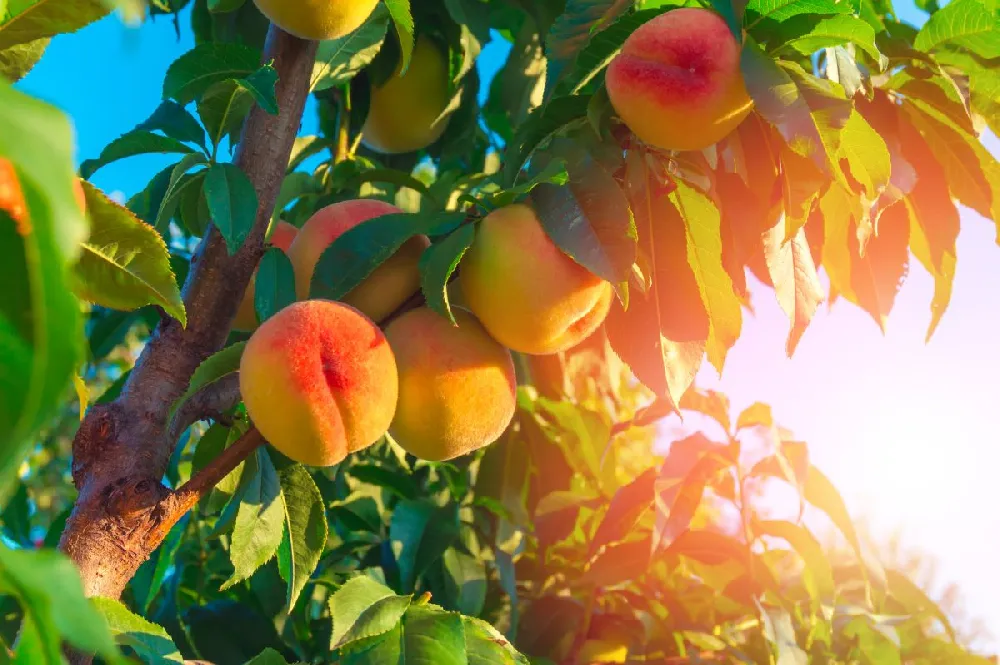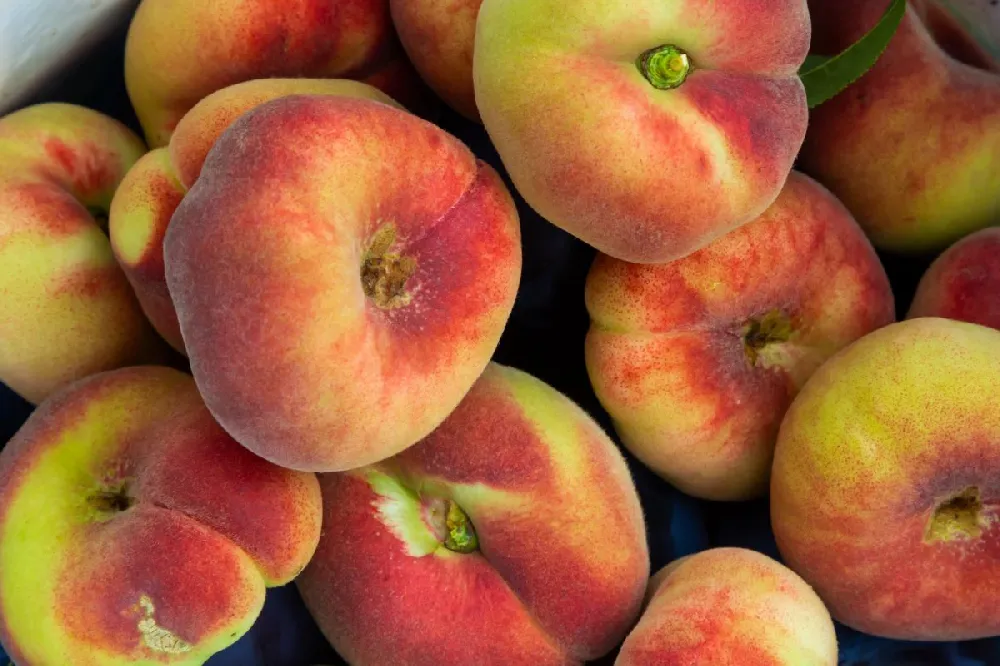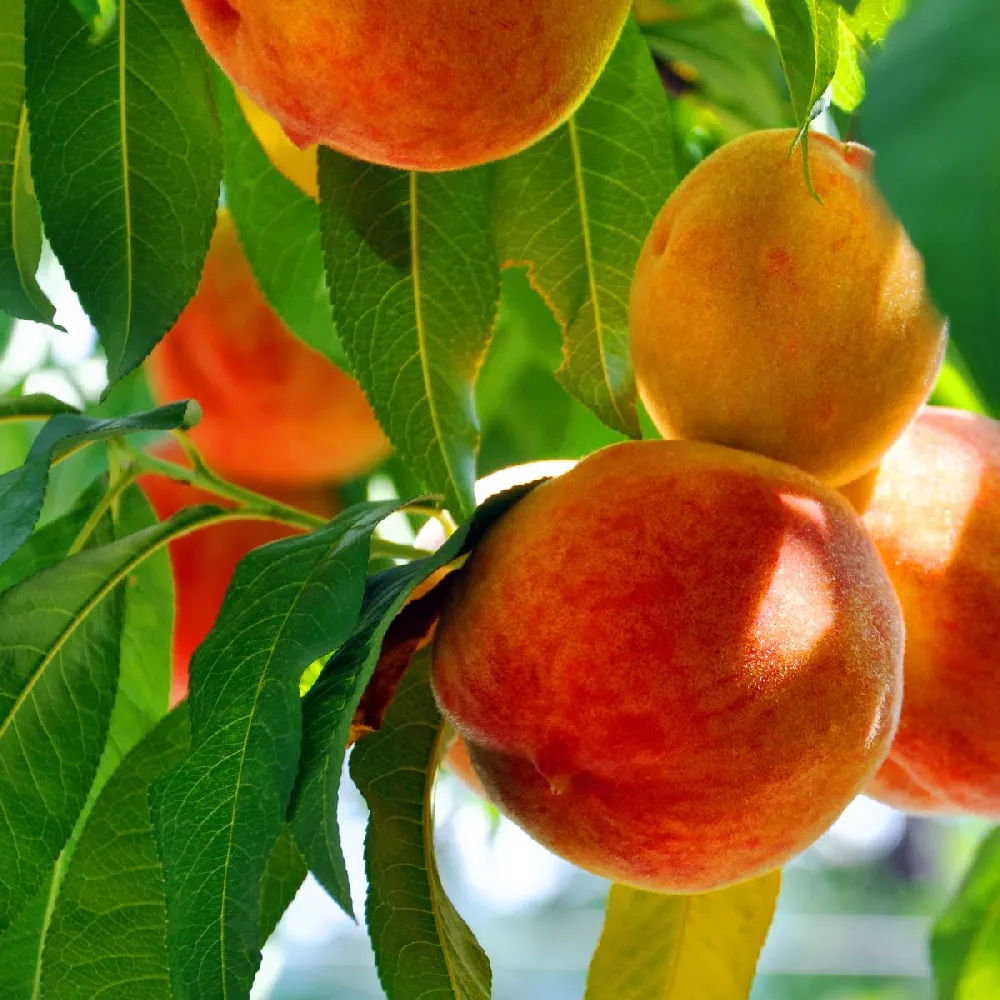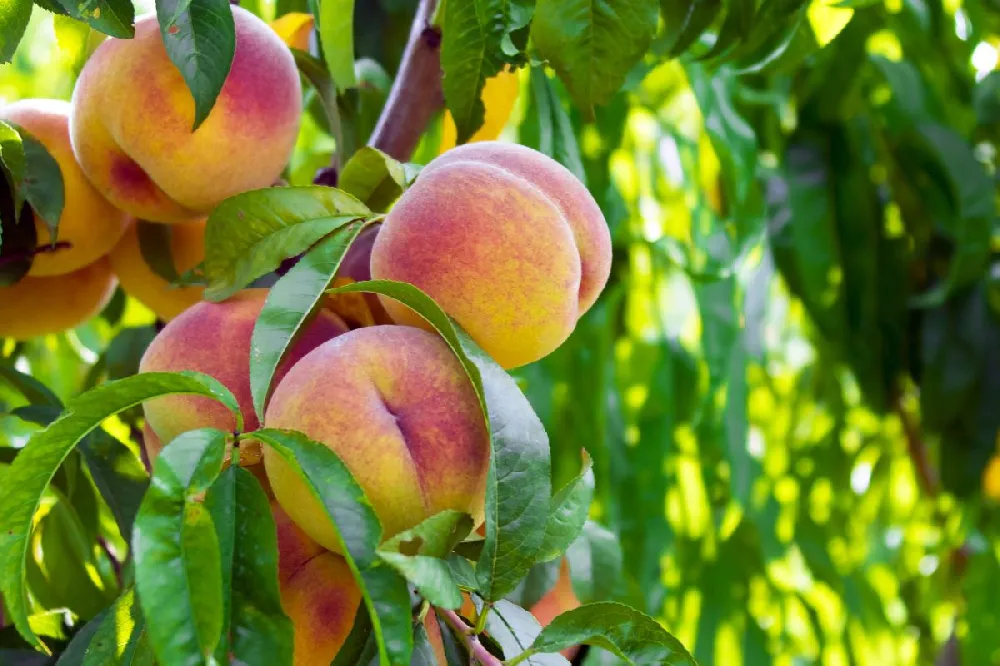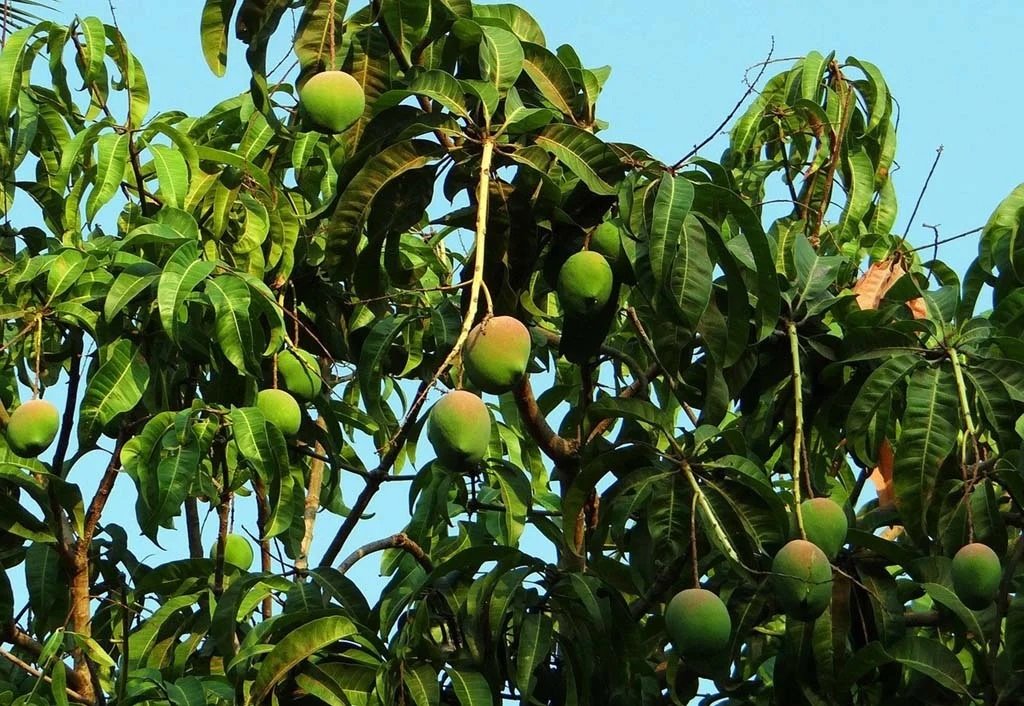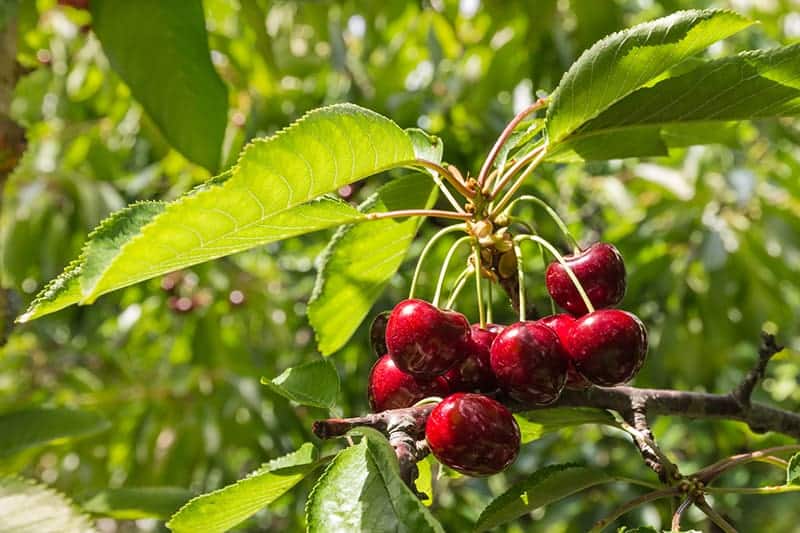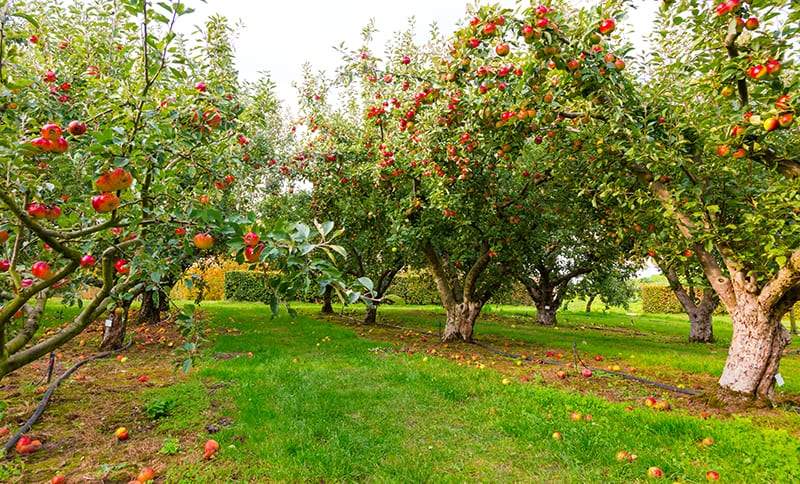- Home >
- Peach Trees
Peach Trees for Sale
38 Results
-
Growing Zone(s): 5-9$89.95
$94.95Save up to 5% -
Growing Zone(s): 5-8$95.95
-
Growing Zone(s): 5-10$35.95
$47.95Save up to 25% -
Growing Zone(s): 4-8$97.95
$124.95Save up to 21% -
Growing Zone(s): 5-9$80.95
$179.95Save up to 55% -
Growing Zone(s): 5-9$99.95
$199.95Save up to 50% -
Growing Zone(s): 5-8$184.95
$329.95Save up to 43% -
Growing Zone(s): 5-9$85.95
$109.95Save up to 21% -
Growing Zone(s): 5-9$149.95
$159.95Save up to 6% -
Growing Zone(s): 5-9$84.95
$184.95Save up to 54% -
Growing Zone(s): 6-9$149.95
-
Growing Zone(s): 5-9$124.95
$159.95Save up to 21%
Peach Trees – Buying & Growing Guide
Peach trees are a rewarding challenge for the backyard orchardist. Finding the right combination of elements — adequate water and fertile, well-balanced soil, with the appropriate combination of fertilizer and fruit tree sprays — yields great rewards. The most desirable and sweetest of the temperate zone fruits, peaches.
How to Grow Peach Trees
How to plant peach trees
Test your soil before planting your peach trees. A pH between 6.0 and 7.0 is best. Choose a site that gets full sun (six to eight hours a day), and avoid areas that drain poorly, or have clay soil. Your tree will do best when planted in the spring, after the last hard frost, once the soil is workable.
Dig a hole that is twice as deep and wide as the tree’s root ball, and amend the soil in the hole with compost or rotted manure. Unwrap or unpot your sapling and tease out any circling roots which can damage the tree later on.
Place the tree in the hole so that the graft (you will see a bumpy or angled spot on the lower trunk) is several inches above the soil line. Fill in the hole with the topsoil you removed, adding compost, and tamping soil down. Give your tree a good watering after you have planted it. Let the water sink in and give it another soaking. Add two to three inches of organic mulch around the root zone, but be careful that it does not touch the trunk itself.
How to achieve maximum results
To achieve maximum results, it helps to understand how your tree was created. Most peach trees are the result of a fruiting variety grafted onto a sturdy rootstock. You should be able to see where the graft occurred on your sapling near the root ball. You always want to keep that grafting spot above the soil line so that roots do not grow out from above that spot. This will weaken the tree and cause problems years after planting.
How to Care for Peach Trees
Watering and nutrients
Your peach tree needs about one inch of water every seven to ten days. If it does not get this from rain, give the tree one thorough soaking a week. The best way to do this is with a soaker hose, or just set your hose to trickle slowly and leave it by the trunk for half an hour.
When your newly planted peach tree is growing well, there is no need to fertilize it until it begins bearing fruit. At that point, apply a high nitrogen fertilizer in the spring to aid growth. Do not fertilize your tree after July 1, as you do not want to encourage more leafy growth this late in the season.
Pollination
Most, but not all, varieties of peach are self fruitful, meaning you should get fruit even if you only have one tree. Insects such as bees do the heavy lifting of moving pollen from the male to the female parts of the flowers. Wind may also play a role in pollination. When you purchase your tree, be sure you check to see if you will need to plant another one to ensure pollination.
Pruning
Peach trees should be pruned to an open center shape. This means there should be no strong central leading branch, but instead numerous smaller branches circling the central trunk. Prune to keep the center open to air and light. Cut back all branches by one third, and prune away dead or diseased branches, or those that rub against other branches. Do your pruning in early spring before the tree breaks dormancy.
Pests, diseases, and animals
Common pests of the peach tree include aphids, lygus bugs, stink bugs, and several varieties of borer. Your best defense is a regular program of spraying with horticultural and dormant spray oils, or if you are not growing organically, a chemical insecticide.
Diseases found in peach trees include anthracnose and brown rot, which can both be controlled with a copper fungicide. Armillaria root rot is another fungal disease that causes dull or wilted foliage. It will eventually kill the tree, but can be controlled for years by digging around the root area, and leaving the trunk and upper roots exposed to air, and keeping them as dry as possible.
Animals ranging from rats to deer may bother your peach trees. A tree guard will keep smaller animals from chewing bark. The only foolproof way to keep larger animals away is by fencing in your trees.
Harvesting
Peach trees should start blooming and fruiting lightly after two to four years. Harvest time is late June to August, depending on the variety you have and the location. Peaches do not continue to ripen after they are picked, so wait to harvest until they have lost any green and are starting to get soft. The fruit should have a sweet, typically peachy, smell. It bruises easily, so use care when pulling it off the tree.
